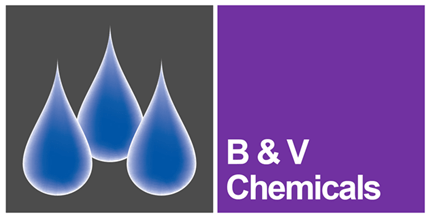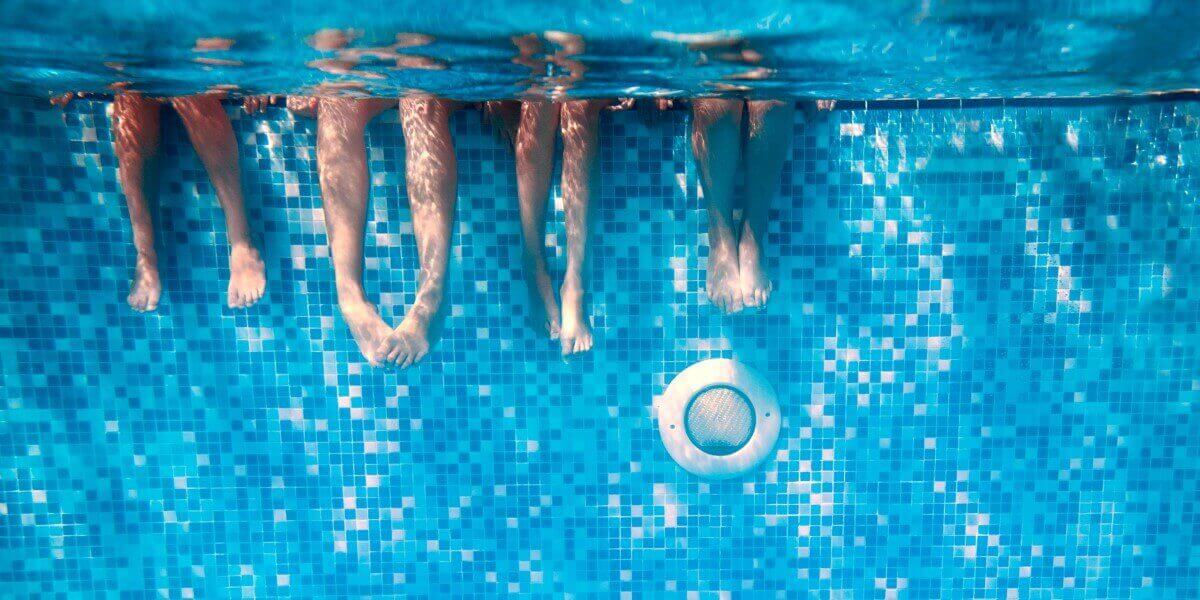Both spa pools and swimming pools require close monitoring and control to ensure the water remains clean and safe for users. Water treatment chemicals play a big part in achieving this.
In this blog post, we look at the health risks and outline the crucial steps in spa pool and swimming pool water treatment, including the chemicals that play a vital role in keeping them safe for users.
The risks
Many health clubs, fitness centres and private clubs have swimming pools used for recreation or exercise, by both adults and children alike. Spa pools (or hot hubs) are commonly seen in leisure settings within sports complexes, health clubs and hotels. They are also increasingly finding their way into domestic systems, as their affordability makes them an attractive option for homeowners.
Both swimming pools and spa pools represent unique operational and health risks. They can easily be contaminated by sweat, urine, faeces, hair and skin - and become places where dangerous microbes - including Legionella bacteria - flourish.
Spa pools, in particular, can be a potential breeding ground for bacteria, such as Legionella, to grow. They operate between 30°C and 40°C, which is ideal for the proliferation of bacteria. Swimming pools are much larger bodies of water and operate at a lower temperature than spa pools. But they operate in a similar way, carrying similar risks and management requirements.
Operator responsibilities
While there are no specific health and safety laws for spas and swimming pools in the UK, operators must comply with their general duties under the H & S at Work Act 1974 and associated regulations.
For UK operators, the Pool Water Treatment Advisory Group (PWTAG) standards are regarded as best practice (also exhaustively documented in their Swimming Pool Water Book), while HSG 282 is the main guidance document surrounding spa pool water testing.
Spa and swimming pool operators should regularly conduct microbiological and chemical testing:
Microbiological testing
Operators should analyse water for:
-
Aerobic colony count.
-
Coilforms.
-
E. coli.
-
Pseudomonas aeruginosa.
For spa pools, where warmer temperatures increase the risk of certain bacteria, tests for Legionella should also be conducted once a quarter or as defined by a risk assessment. However, considerations around Legionella should form part of the risk assessment for swimming pools too, and regular testing should be carried out if deemed necessary.
These should be taken at appropriate intervals, e.g. monthly, and recorded in the pool logbook. However, there are some occasions where it must be carried out more frequently, such as daily or weekly. These include:
-
When a pool is first used or recommissioned.
-
After a report of ill-health following pool use.
-
If there are problems or contamination incidents.
Microbiological analysis must be carried out in a laboratory accredited for the analysis to ISO17025 standards. In the result of an adverse report, follow up samples and remedial action should be taken.
Chemical testing
Chemical tests should be carried out at the same time as microbiological tests. Results should also be recorded in the logbook, noting:
-
pH value and the concentration of free and total disinfectant in the pool water.
-
Maintenance records and bather numbers for the pool.
-
Information on any mechanical failures.
-
Water appearance.
The importance of a thorough monitoring and testing regime
Spas and swimming pools require close control to ensure the water quality remains safe for its users, in addition to a thorough monitoring and testing regime. The chemicals used play a big part in achieving this.
Effective spa and swimming pool water testing is vital not just because it protects users from possibly lethal infection, but it can indicate underlying maintenance issues and prevent damaging overdosing.
Active management prevents dirt build-up, destroys hazardous microbes and renders organic matter inactive. And there’s much that a regular testing regime can tell you about how to prioritise and optimise these processes for the most cost-effective management of your spa or swimming pool.
An effective spa or swimming pool water testing regime can indicate:
-
Whether filter replacement and backwashing is being undertaken appropriately - With rising water and disposal costs you need to be certain these activities are being performed at the right time and with the right results.
-
If disinfection levels are adequate - Appropriate dosing is vital if you are going to control the growth of dangerous bacteria and keep the pool water clear and hygienic for users.
-
If there has been unnecessary or excessive chemical dosing - Not only can this excessive dosing pose a potential health risk to pool users, it can damage equipment and pool finishes.
-
If the water treatment plant is coping effectively with the bather load.
-
The condition of the filter bed and if any maintenance needs to be done.
-
Crucial intelligence about pool quality, general hygiene levels and the bathing experience.
-
If the plant is under strain or likely fail in the near future.
3 key aspects of spa and swimming pool maintenance
There are 3 important aspects that are essential in keeping your spa and swimming pool water safe and healthy:
-
Sanitise - Prevent and kill bacteria to ensure a safe bathing environment.
-
Balance - Keep surfaces and pipework clean.
-
Clean - Manage pH, alkalinity and hardness to ensure bather comfort, chemical efficiency and longevity of equipment.
In the next series of blog posts, we look at each of these areas in turn. Look out for next week’s blog post, where we will explore in detail the role of sanitising chemicals for spa and swimming pool water treatment.





